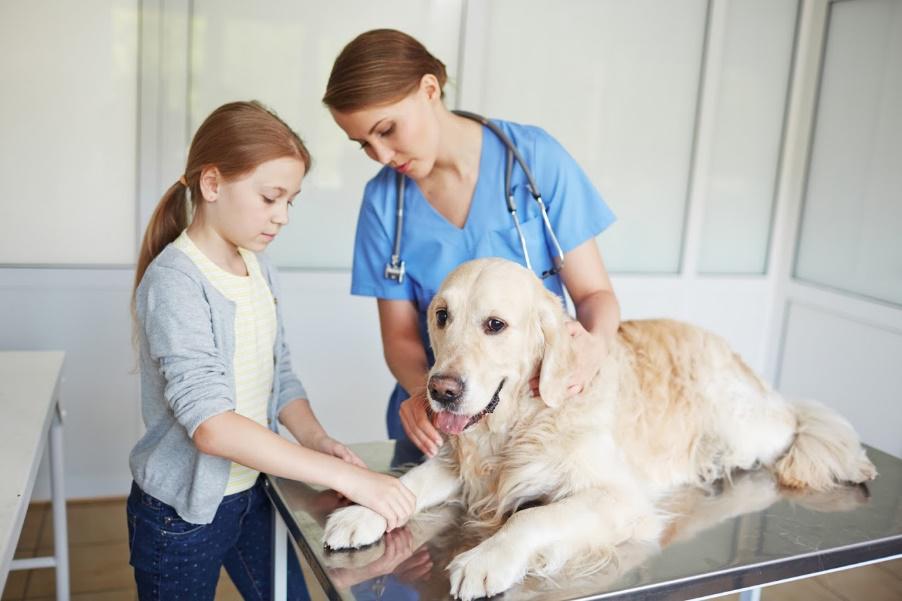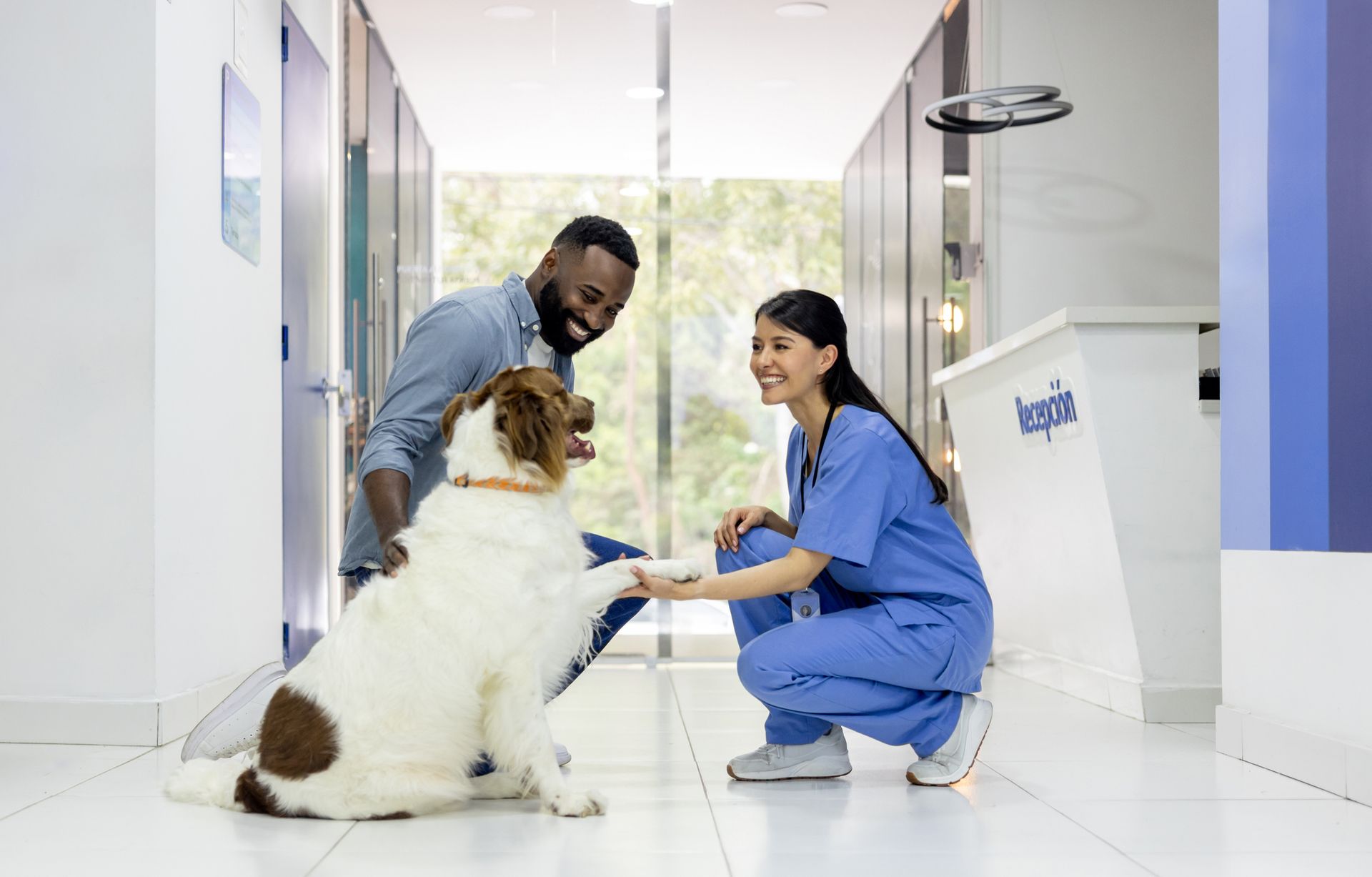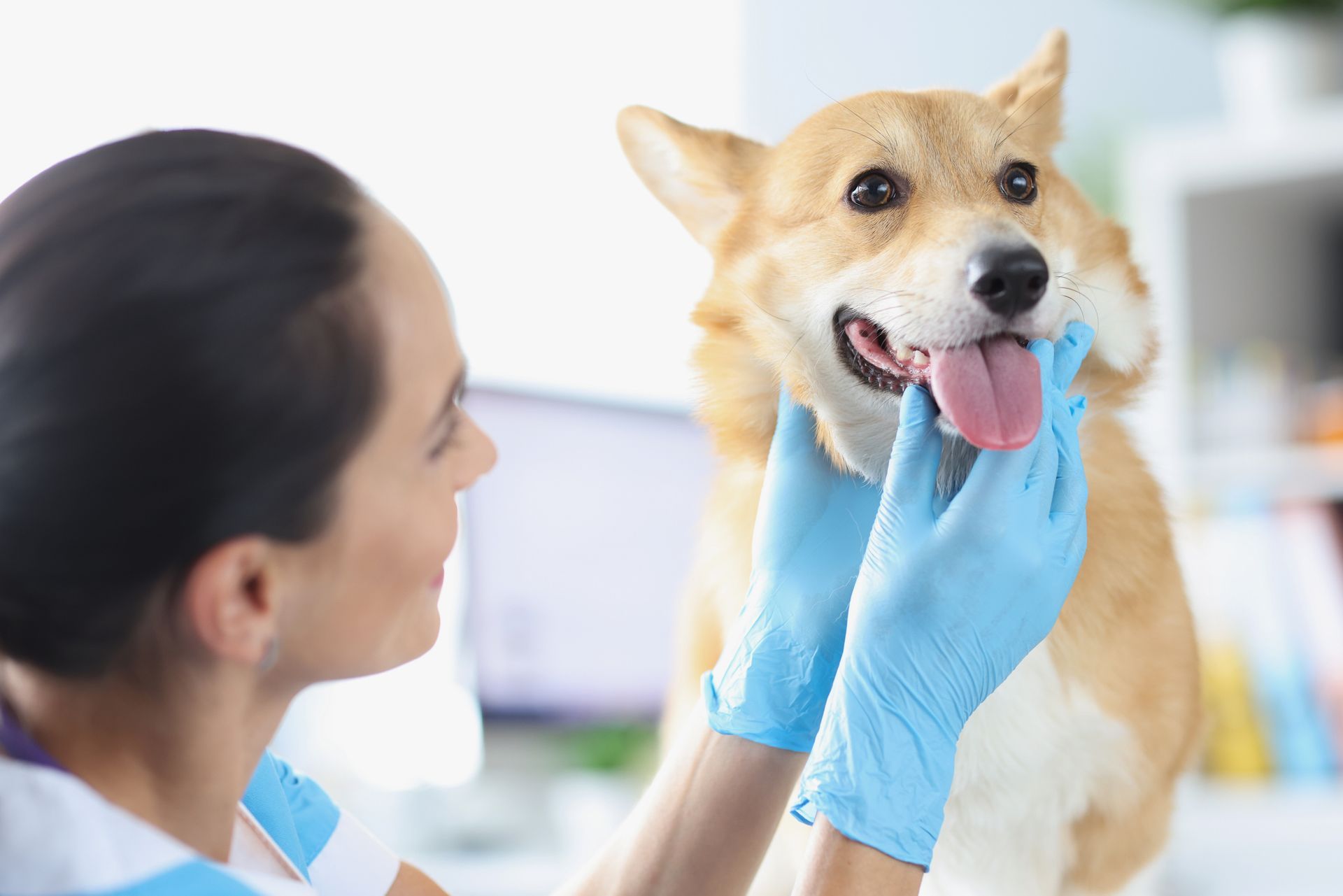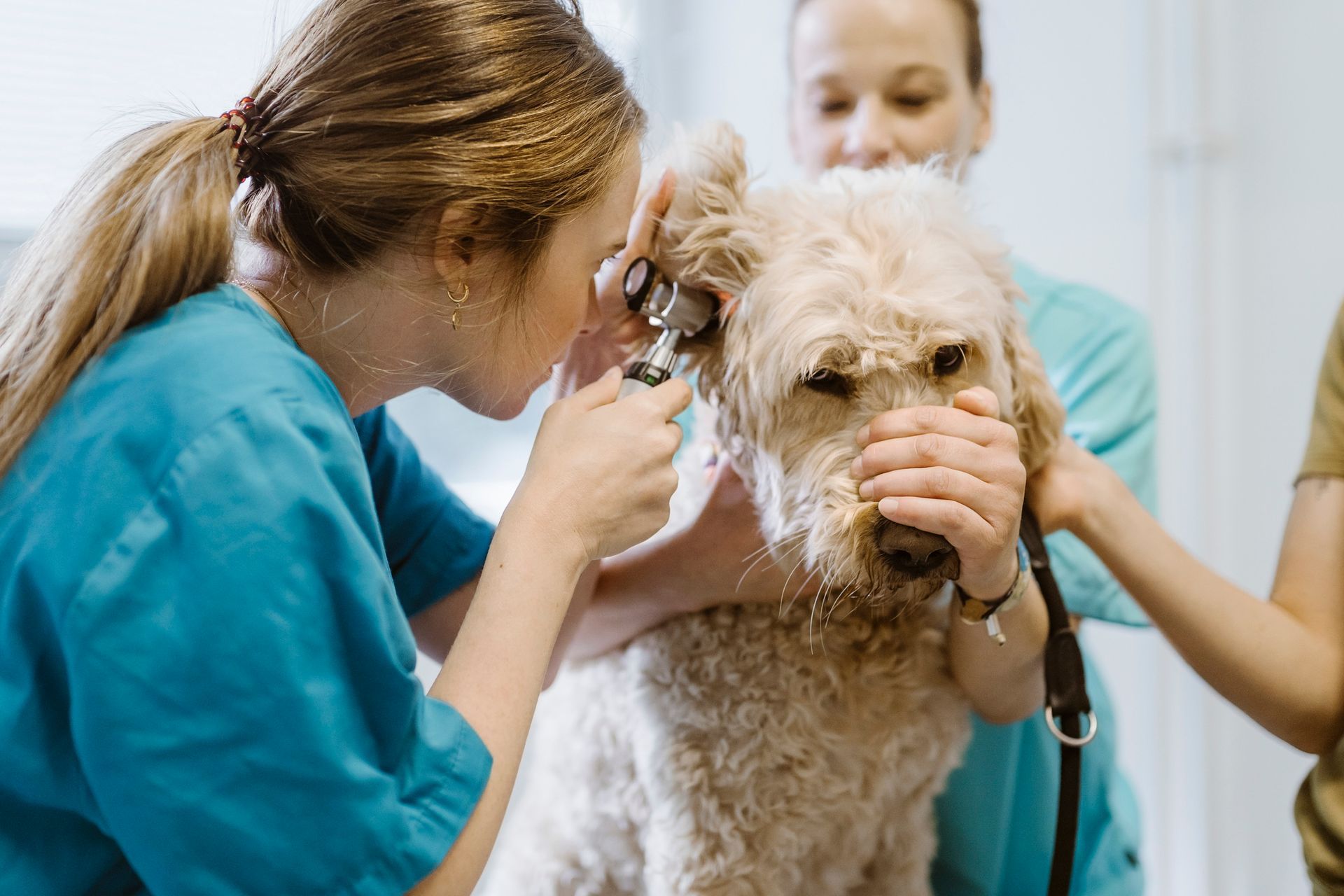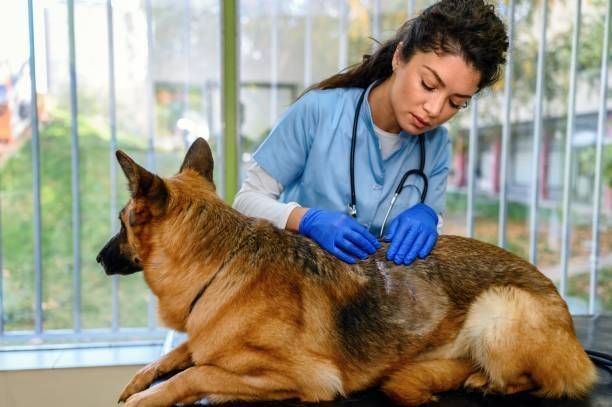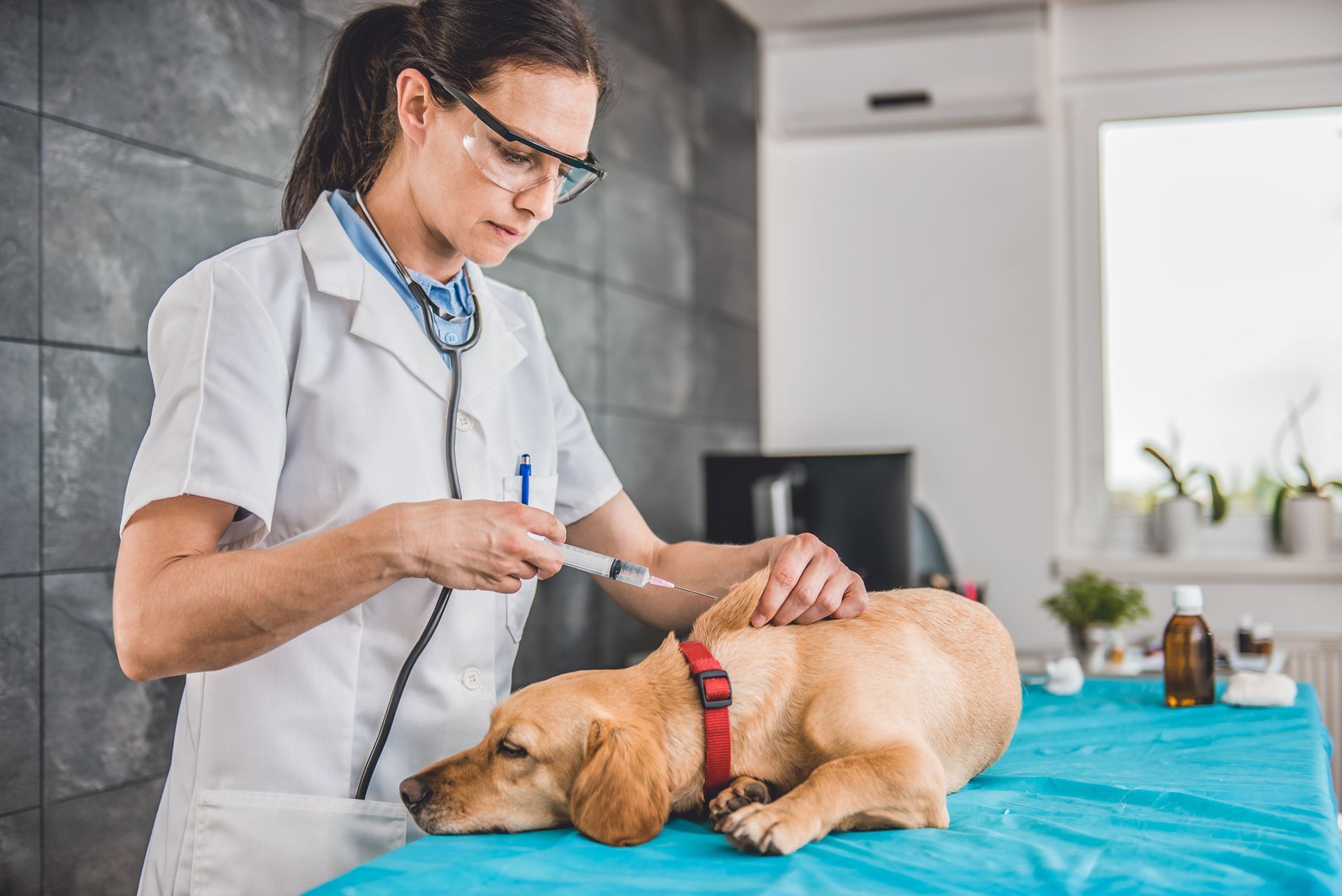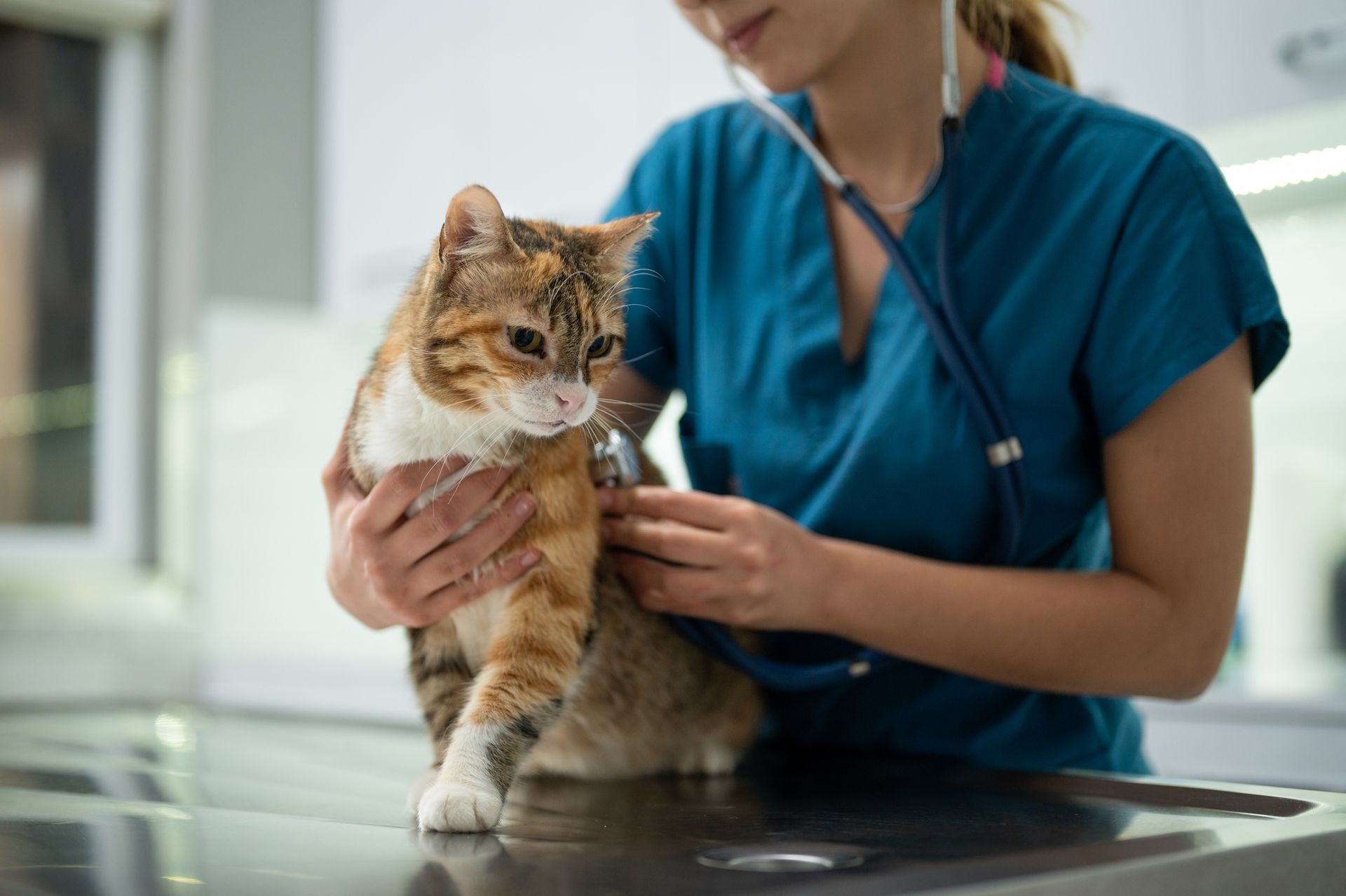Canine Arthritis: 5 Measures Pet Owners Should Consider
Arthritis, a condition that causes joint inflammation, is common in dogs as they age. If your dog is affected by this condition, it may become difficult to move around or rise from a lying position. Your veterinarian may prescribe medication to treat the inflammation and discomfort. In addition, you can take a few measures to make your pet more mobile and comfortable.
1. Consult Your Veterinarian
If you suspect your dog has arthritis, it's best to schedule an appointment with the veterinarian to discuss the matter. Do not make the diagnosis yourself. Your vet is qualified to make a proper diagnosis and rule out other medical conditions which may mimic the disease.
The vet may note symptoms, such as the inability to climb stairs freely, or difficulty getting up after sitting or lying down. A physical examination and blood work may also be taken. The vet may determine your canine companion is afflicted by degenerative joint disease or osteoarthritis. This form of arthritis is commonly caused by wear and tear on joints as the animal ages.
If the vet diagnosed this condition, he or she can then begin a treatment program. If your veterinarian feels it is necessary, anti-inflammatory medication may be prescribed. Joint supplements may also be recommended. Glucosamine and chondroitin are often prescribed, or in more severe cases, the vet may prescribe steroids.
2. Avoid Cold, Damp and Drafty Conditions
Because cold, damp and drafty conditions may worsen your dog's arthritic symptoms, you need to use caution. Keep your pet out of drafts, especially while sleeping. If the weather is chilly or damp, you might want to provide a light sweater or dog coat when venturing outdoors. Also, if the dog's fur becomes wet, dry him or her off as soon as possible.
3. Keep Your Dog Active
Although it may take some effort, your dog needs to exercise the joints so they do not stiffen up. Staying mobile may help relieve the discomfort in the long run. As always, consult the veterinarian before beginning any type of exercise regimen for your pet. With the vet's approval, begin slowly and cautiously.
Try low impact exercise such as a long walk around the neighborhood daily. If your dog enjoys the water, swimming may help ease aching joints. Look out for signs of over-exertion, such as heavy panting. Slowly cool down and allow the dog's breathing and heart rate to gradually return to normal.
4. Buy an Orthopedic Dog Bed
You probably have heard of the benefits of memory foam mattresses for humans. It's good to know that the same approach helps provide benefits for pets as well. An orthopedic dog bed made of comfortable memory foam padding may help relieve pressure points that cause stiff and achy joints. Orthopedic dog beds may also help your furry friend sleep better as well.
Some pet beds come with removable microfiber liners for easy care and cleaning. Other models are equipped with a built-in raised pillow. Be sure to choose the appropriate size for your breed of dog.
5. Massage the Achy Joints
Pet massage has become popular and may benefit a dog with achy, arthritic joints. Before you attempt massaging your dog, seek approval from the vet. Your vet may demonstrate the best way to massage your pet. Once you learn the right technique, you may begin with gentle massage.
Does your canine companion awaken with stiffness in the joints? In such a case, a morning massage may help. Be sure to stroke the animal with light strokes to avoid discomfort or injury. You might want to talk soothingly to your pet as you stroke and massage the muscles.
If any or all of the above measures do not seem to improve your pet's condition, or if your dog's symptoms worsen, consult the vet at once. An underlying medical cause behind your pet's symptoms may need attention and further treatment.

